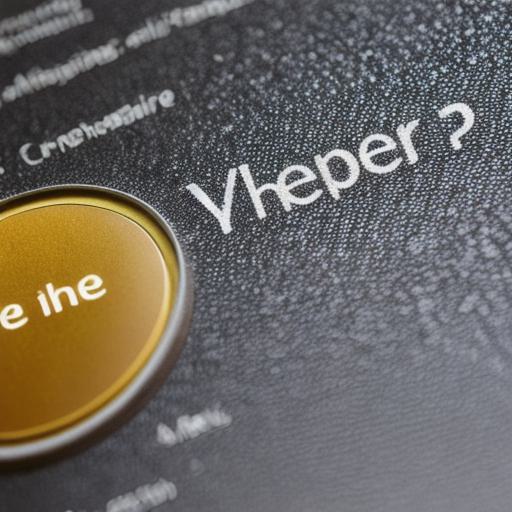The Rise of Web3: Will it Replace Web2?

Web3 technology is revolutionizing the way we interact with the internet, offering decentralized and more secure platforms for data storage, sharing, and exchange. As this new paradigm gains momentum, some have speculated that Web3 may eventually replace Web2 entirely. In this article, we will explore the potential of Web3 to reshape our online world, and examine whether it has the power to completely replace its predecessor.
Decentralization and Security
One of the key advantages of Web3 is its focus on decentralized architecture, which allows users to retain greater control over their data and online activities. In contrast, Web2 is centralized, with a small number of large corporations controlling most of the internet’s infrastructure. This concentration of power has led to concerns about privacy, security, and censorship, as well as limiting innovation and competition.

Web3 uses blockchain technology to create decentralized networks that are resistant to tampering, hacking, and other forms of attacks. By removing intermediaries, Web3 platforms offer greater security and privacy for users, while also enabling more transparent and trustless transactions.
Real-Life Examples of Web3 in Action
Web3 technology is already being used in a variety of applications that have the potential to transform our online world. Here are just a few examples:
- Decentralized finance (DeFi) platforms – DeFi platforms like Uniswap and MakerDAO allow users to trade assets, borrow money, and earn yield without relying on centralized financial institutions. These platforms use smart contracts and blockchain technology to enable more transparent and trustless transactions, while also offering greater accessibility and inclusivity compared to traditional finance systems.
- Non-fungible tokens (NFTs) – NFTs are unique digital assets that can be bought, sold, and traded on decentralized marketplaces like OpenSea and Rarible. These tokens represent a wide range of digital content, from art to collectibles to in-game items, and offer creators a new way to monetize their work while also giving collectors greater ownership and control over their purchases.
- Decentralized social media – Platforms like Steemit and MindSpace are using Web3 technology to create decentralized social media networks that reward users for creating valuable content and engaging with their communities. These platforms offer greater privacy, security, and transparency compared to centralized social media giants like Facebook and Twitter, while also enabling more innovative and diverse forms of expression and interaction.
The Future of Web3
As Web3 technology continues to evolve and gain traction, it is clear that this new paradigm has the potential to reshape our online world in profound ways. While it may not completely replace Web2 overnight, the momentum behind Web3 is undeniable, and its impact will only continue to grow in the coming years.
Whether Web3 will ultimately replace Web2 entirely remains to be seen, but one thing is certain – this new paradigm is here to stay, and its potential to transform our online world is immense. As developers, entrepreneurs, and users alike continue to explore and embrace Web3 technology, we can expect to see even more innovative and disruptive applications emerge in the years to come.
FAQs
- What is Web3 technology?
Web3 technology refers to decentralized platforms and systems that use blockchain and other distributed ledger technologies to enable more secure, transparent, and trustless online interactions. - How does Web3 differ from Web2?
Web2 is centralized, with a small number of large corporations controlling most of the internet’s infrastructure








